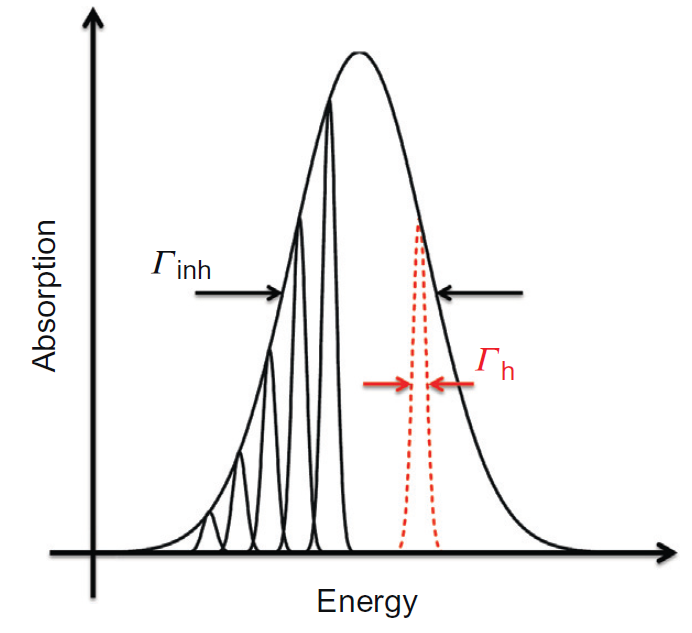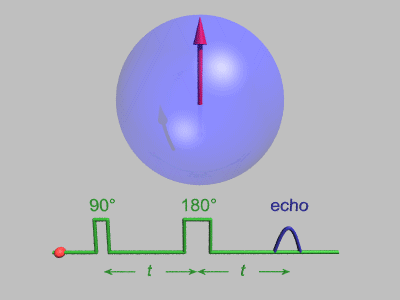Spectroscopy of REI-embedded Molecules
Relevant topics: Quantum Optics, Quantum Computing, Qubit, Spectroscopy, Rare Earth Ion
Rare earth ions (REIs) dopped into solid state materials have long optical coherence time and even longer spin coherence time. This makes REI a promising candidate for qubit, which favors long coherence time. Organic molecule is a recently developed host for REI, which provides a quiet environment, and thus prolongs the coherence time further. In this project, we focus on ensemble spectroscopy of Europuim embedded molecules.
To reduce the thermal noise, low temperature is necessary for the measurement. We use a cryogenic system with a metal tube dipped into liquid helium. The tube is filled with helium gas for heat conduction. With such a setup, we can cool down to 4.2 K. The powder sample can be installed into a ferrule as shown in Fig. 1. Two multimode fibers are pushed from both sides into the ferrule to compact the sample. After filtering out the illumination, one can clearly see the fluorescence by eye (Fig. 2).


The line broadening can be divided into homogeneous and inhomogeneous broadening. Homogeneous broadening is an intrinsic effect (e.g. depasing, spontaneous emission) which is the same for all the ions. Inhomogeneous broadening is caused by the different line shift of different ions in an ensemble (e.g. Doppler broadending, inhomogeneous crystaline structure). As shown in Fig. 3, each class of ions has the same homogeneous line shape but at different positions, which gives rise to the inhomogeneous line of the ensemble. Inhomogeneous line indicates how good the emitters are distributed in the material. Homogeneous line indicates the coherence properties of the material, including optical coherence time, spin coherence time and so on. They are all important figures of merit for quantum computing.

Inhomogeneous line can be easily measured by scanning the laser wavelength. For the homogeneous line, we use a technique called spectral hole burning. As shown in Fig. 4, we first use a fixed laser wavelength to burn a spectral hole, and then scan the laser wavelength to measure the hole. The spectral hole width is twice the homogeneous line width. The dynamics of the anti-holes after burning can help us to understand the relaxation process of the spin-excited states.

Further more, by using photon echo technique, one can directly measure the coherence time of the transition. To get a photon echo, one first applies a π/2-pulse to bring the state from the north pole to the equator on the Bloch sphere, after which the dephasing starts. After a time delay τ, a π-pulse is applied to bring the state to the opposite side on the equator, reversing the dephasing process. After another time delay τ, the dephasing should be fully compensated, a photon echo is thus formed. Because the echo is very weak, heterodyne detection is used.

This research project was supervised by Prof. David Hunger in Karlsruhe Institute of Technology
Reference:
- Philippe Goldner, Alban Ferrier, and Olivier Guillot-Noël. "Rare earth-doped crystals for quantum information processing." Handbook on the Physics and Chemistry of Rare Earths. Vol. 46. Elsevier, 2015. 1-78.
- en.wikipedia.org/wiki/Spin_echo.